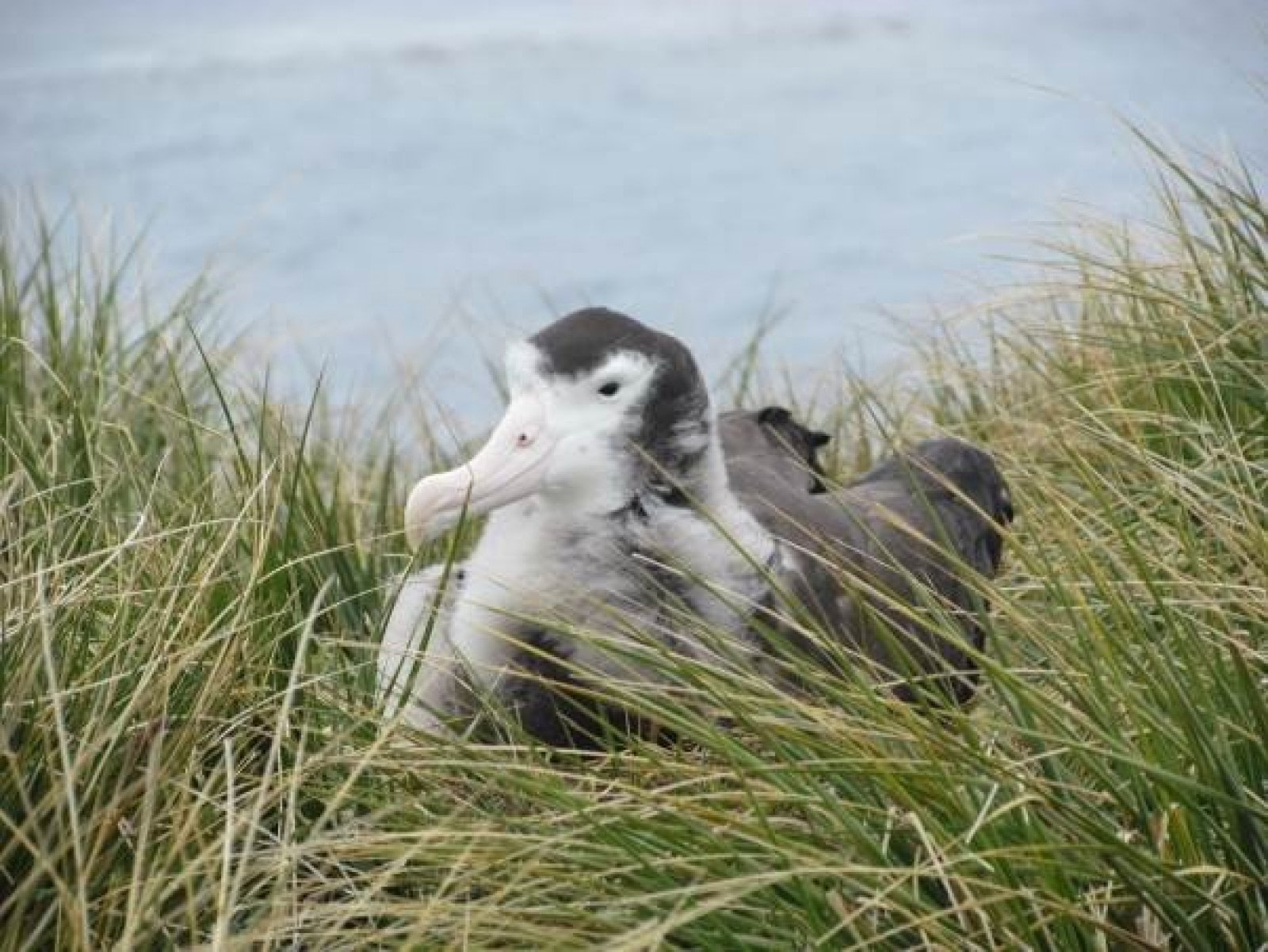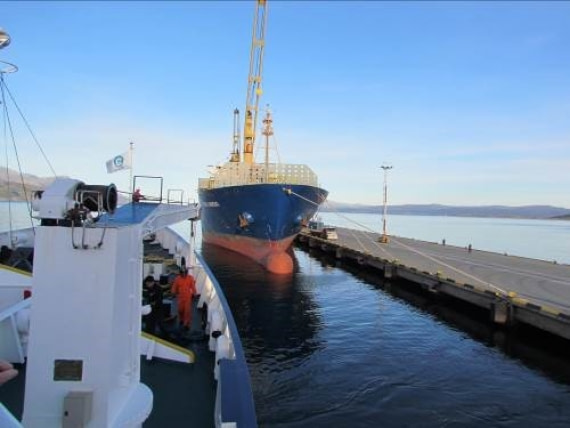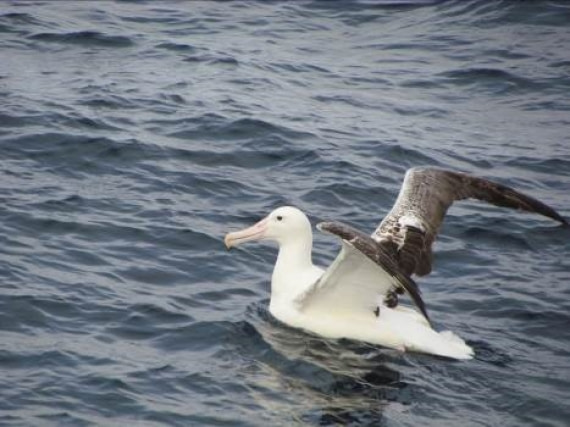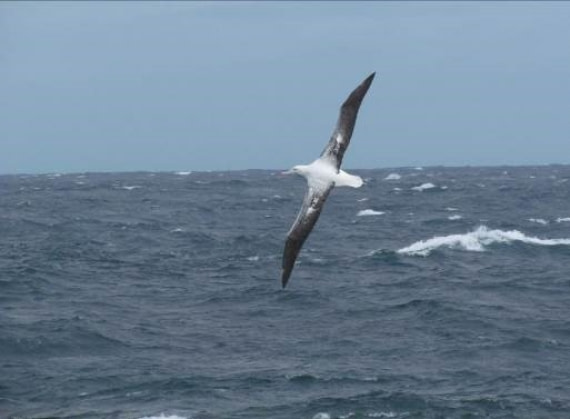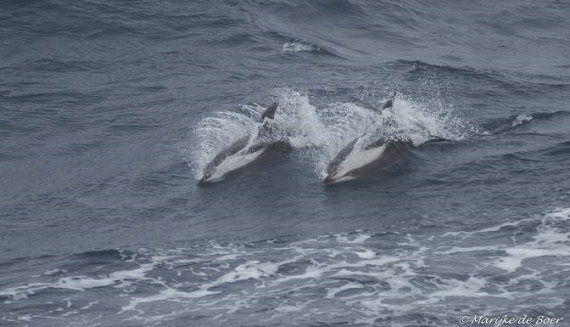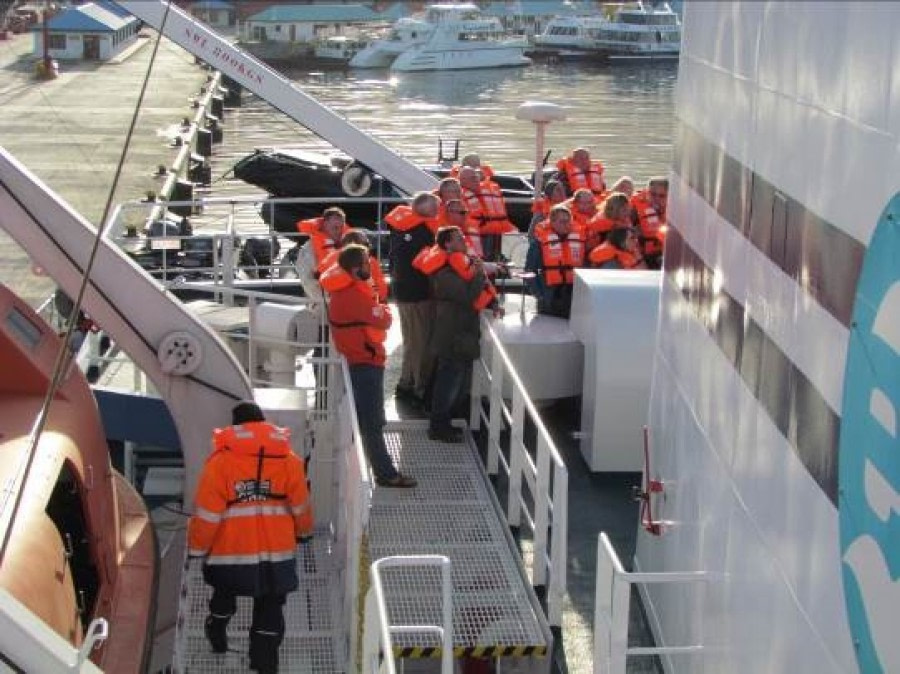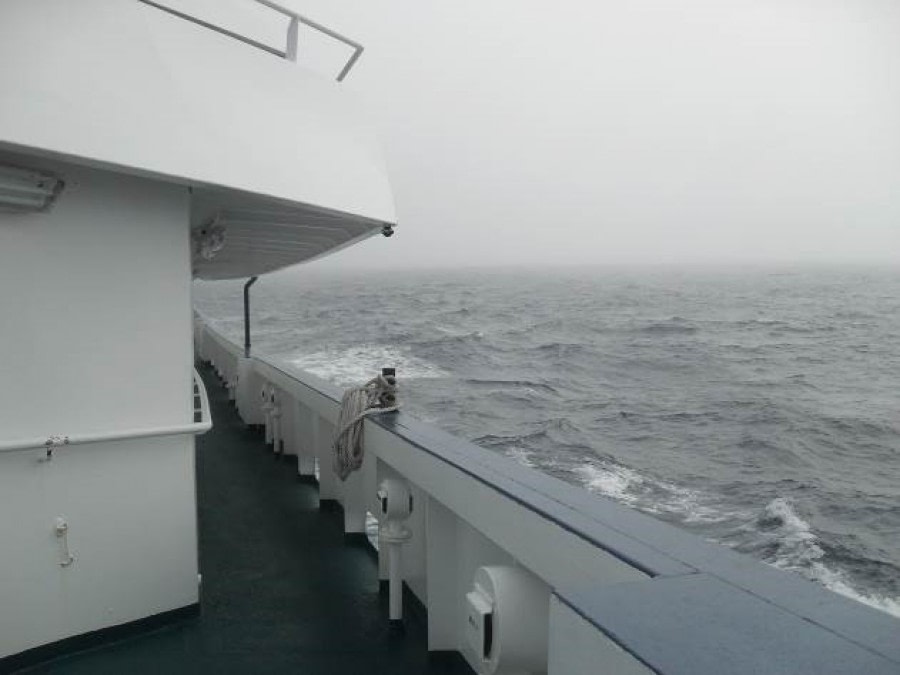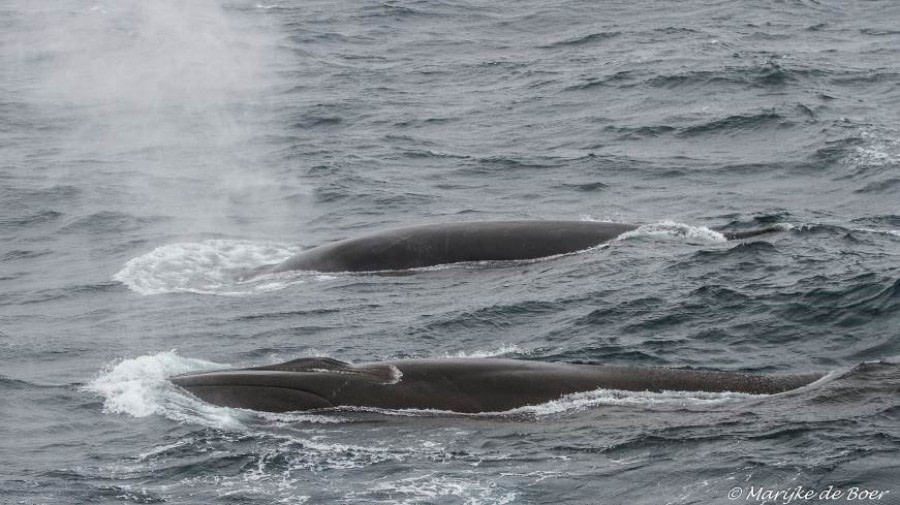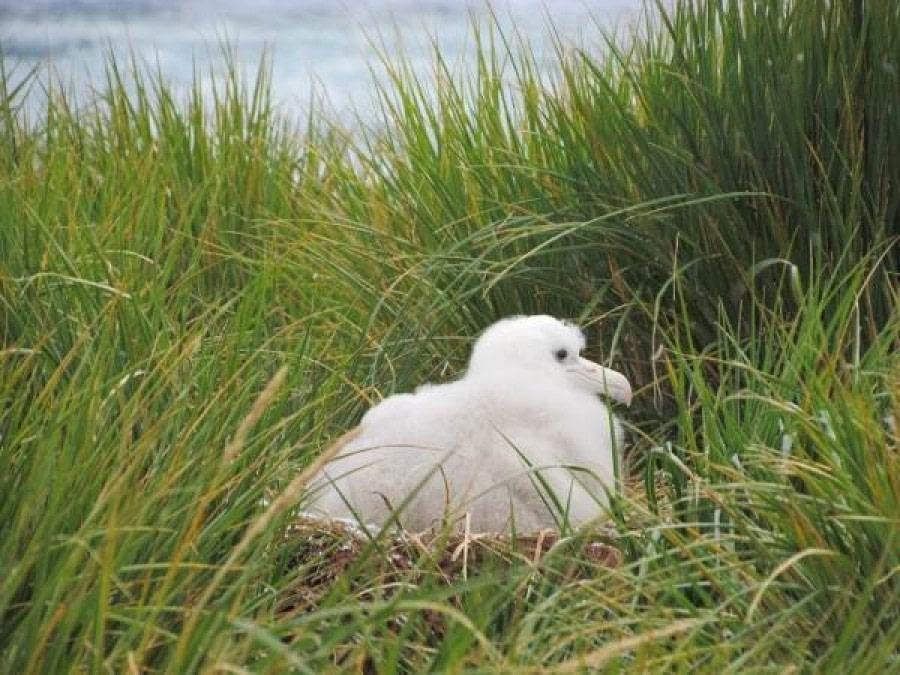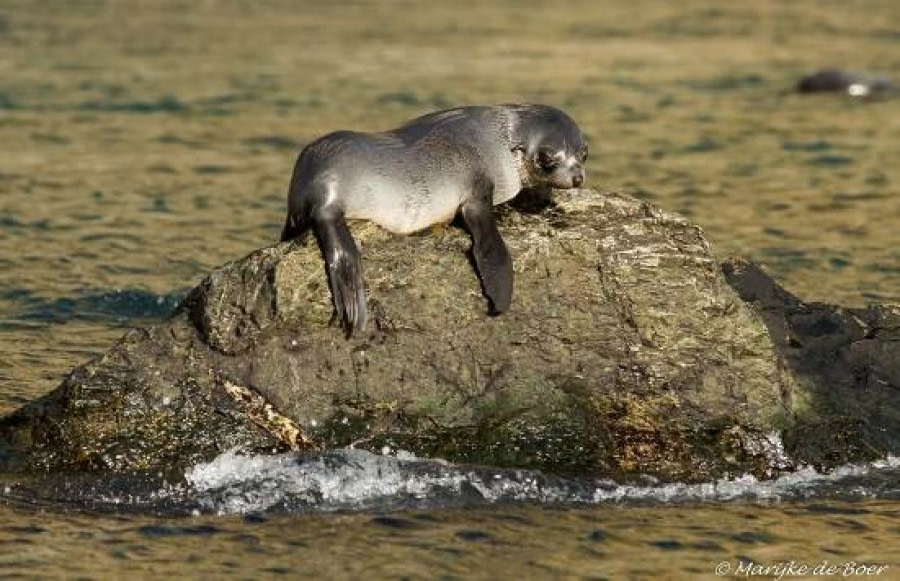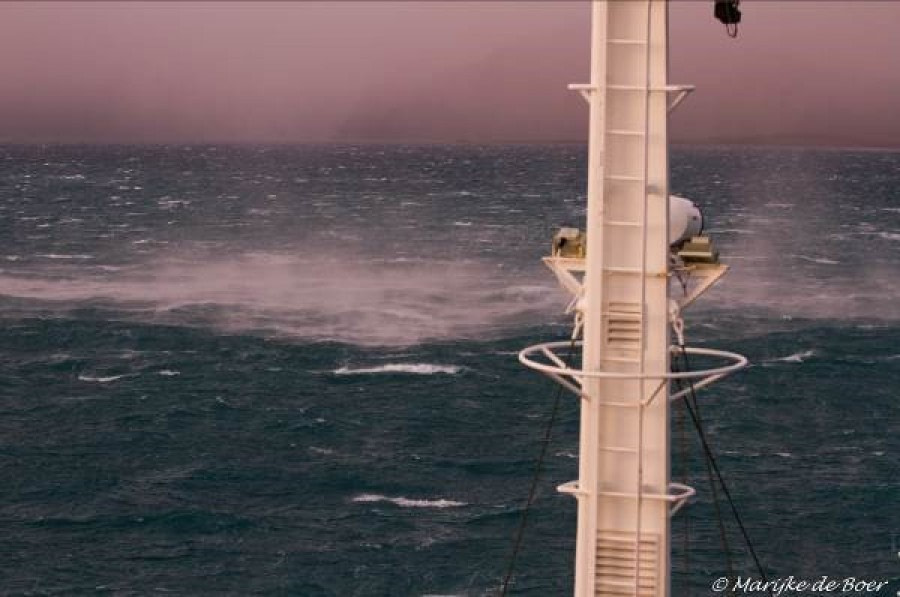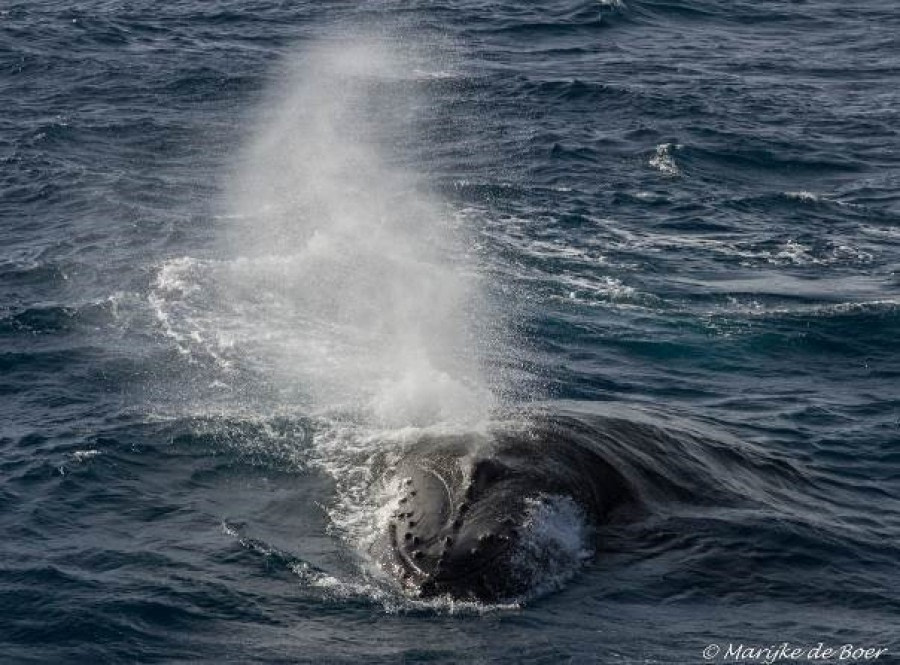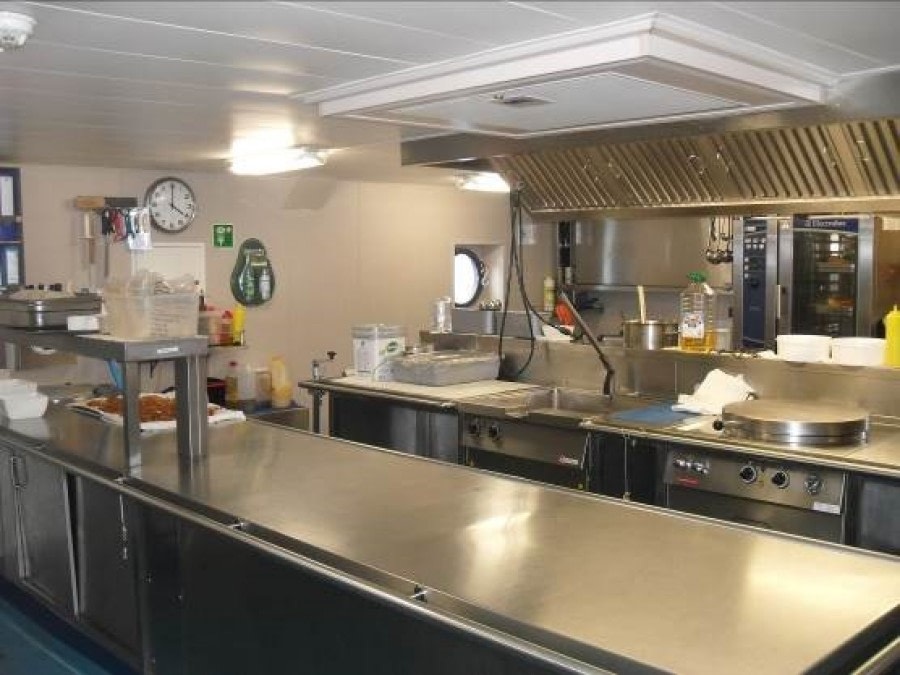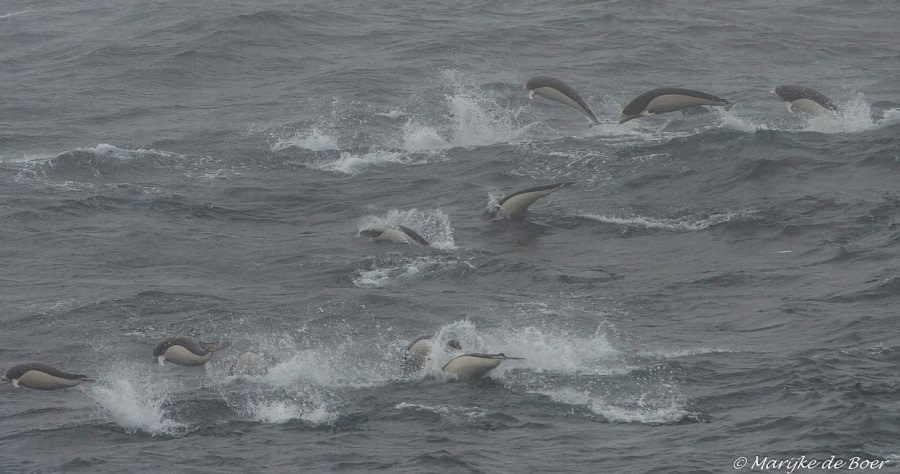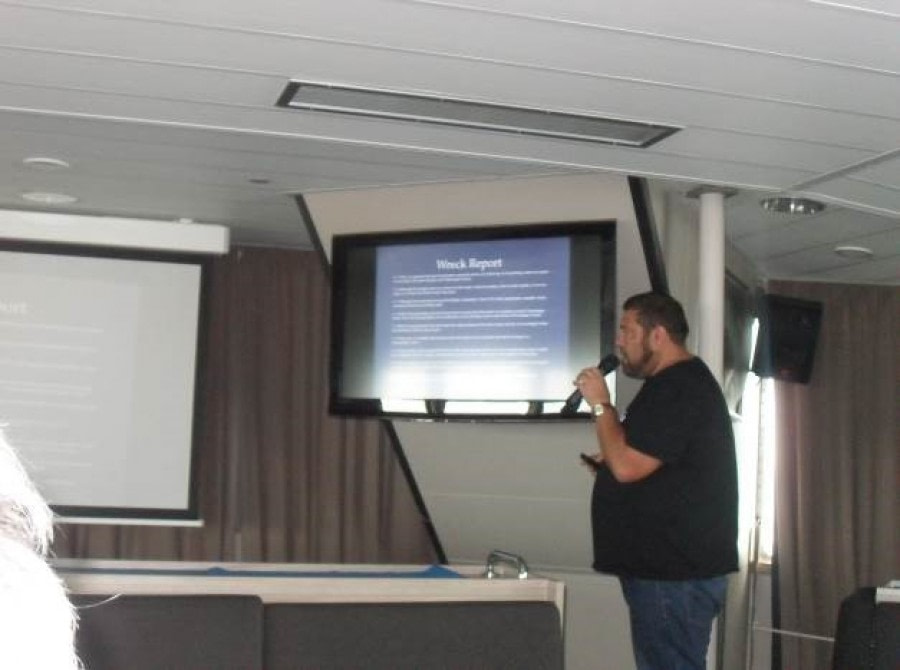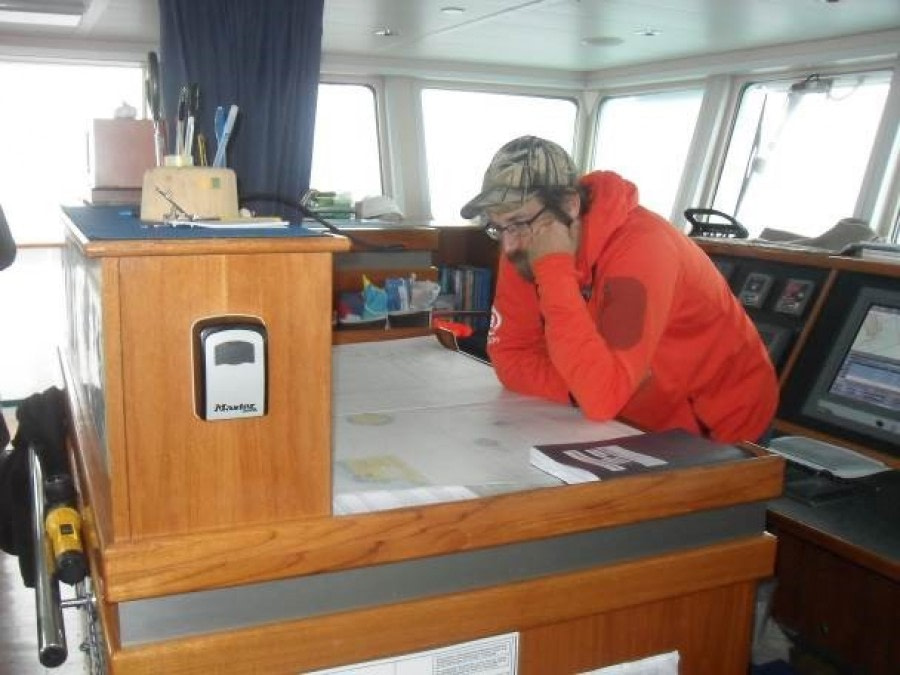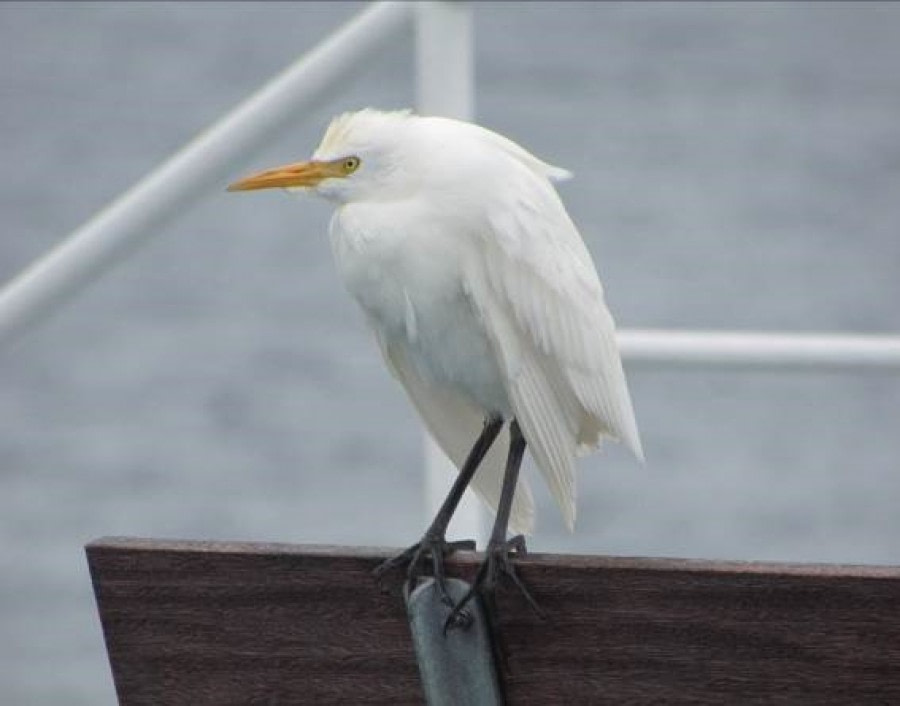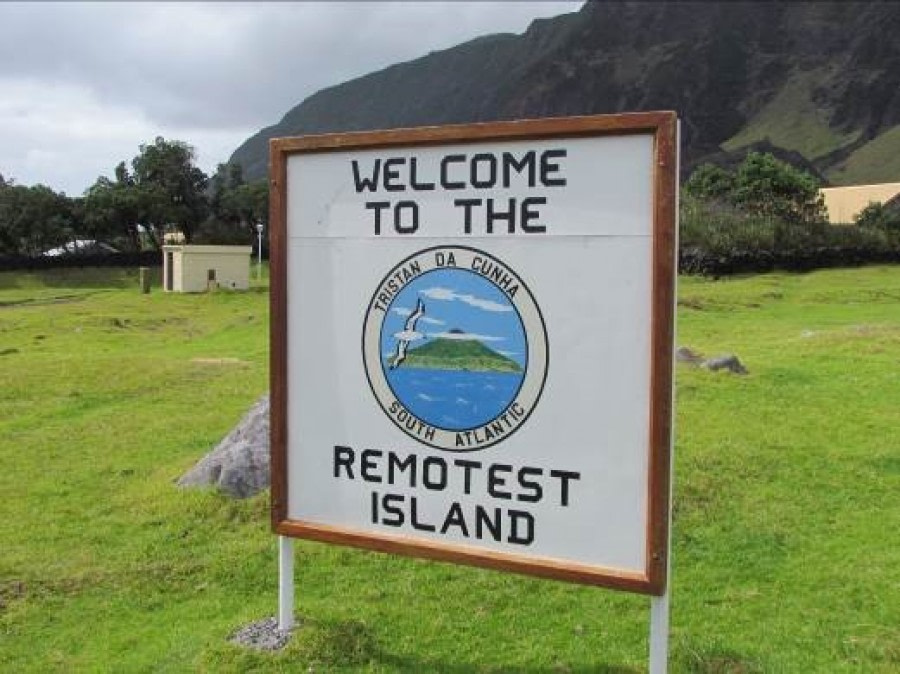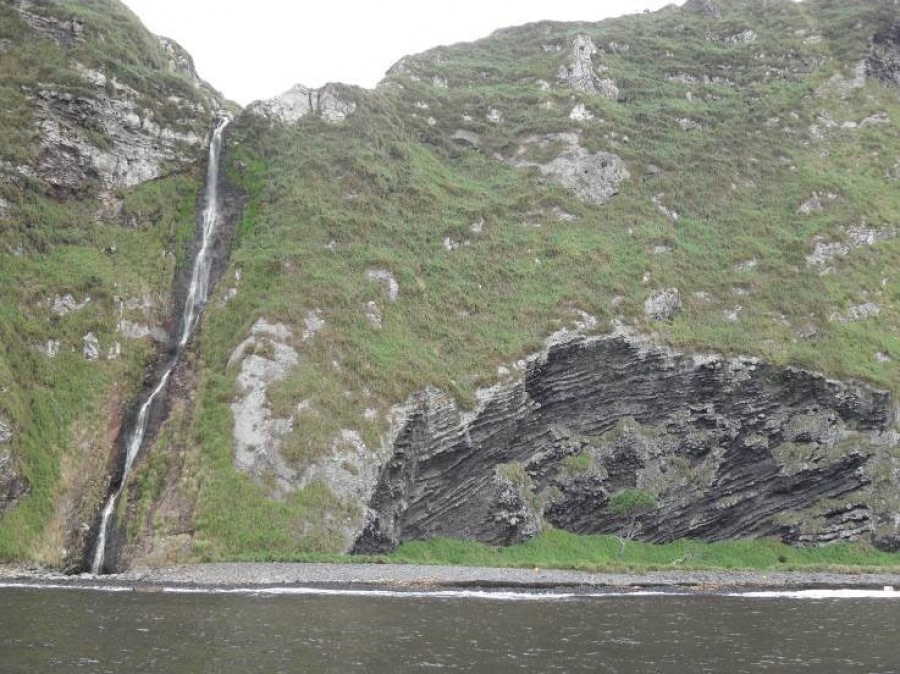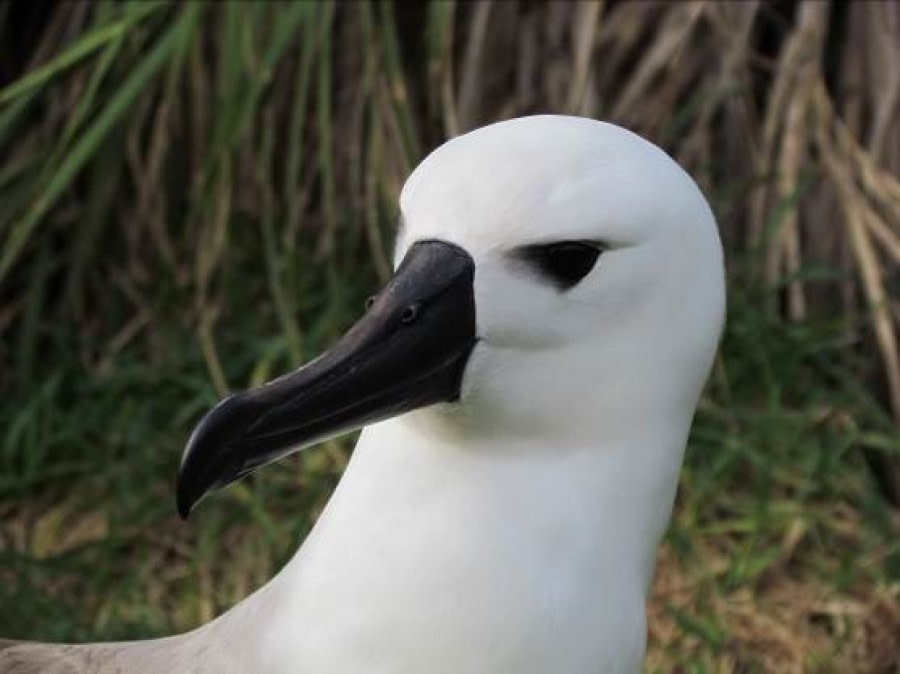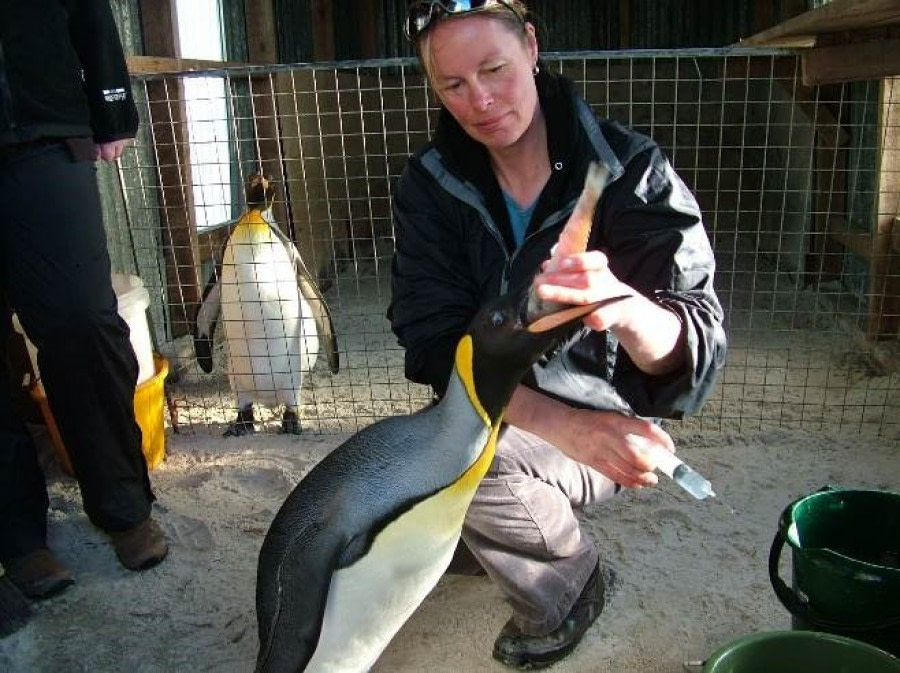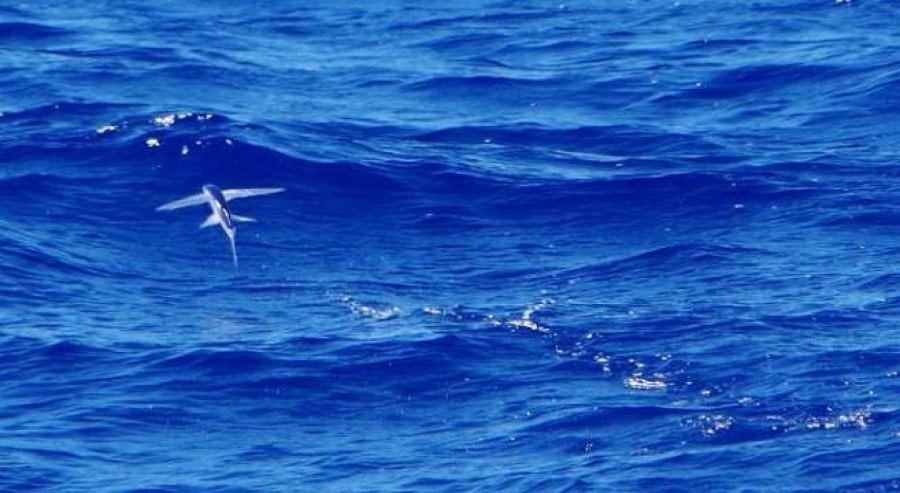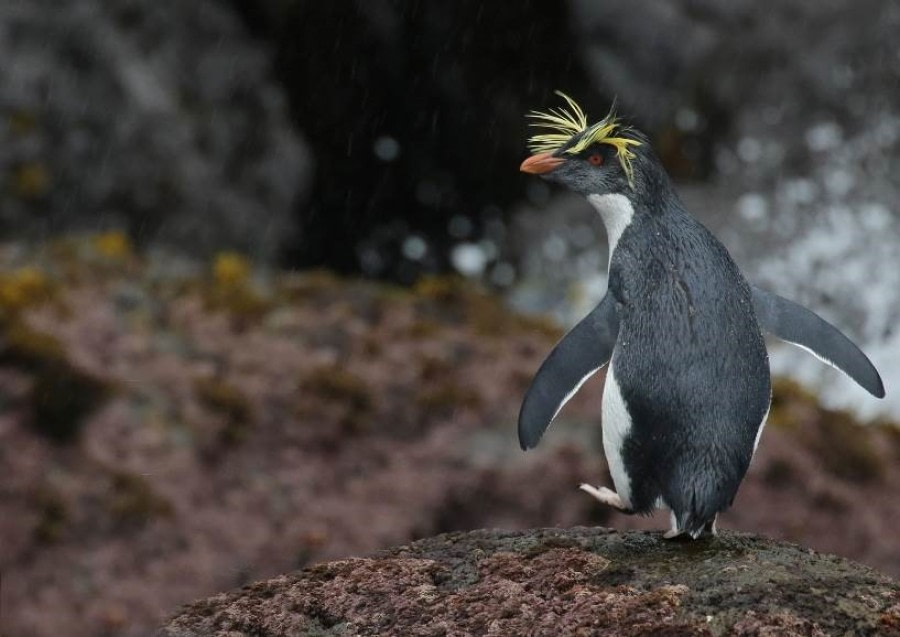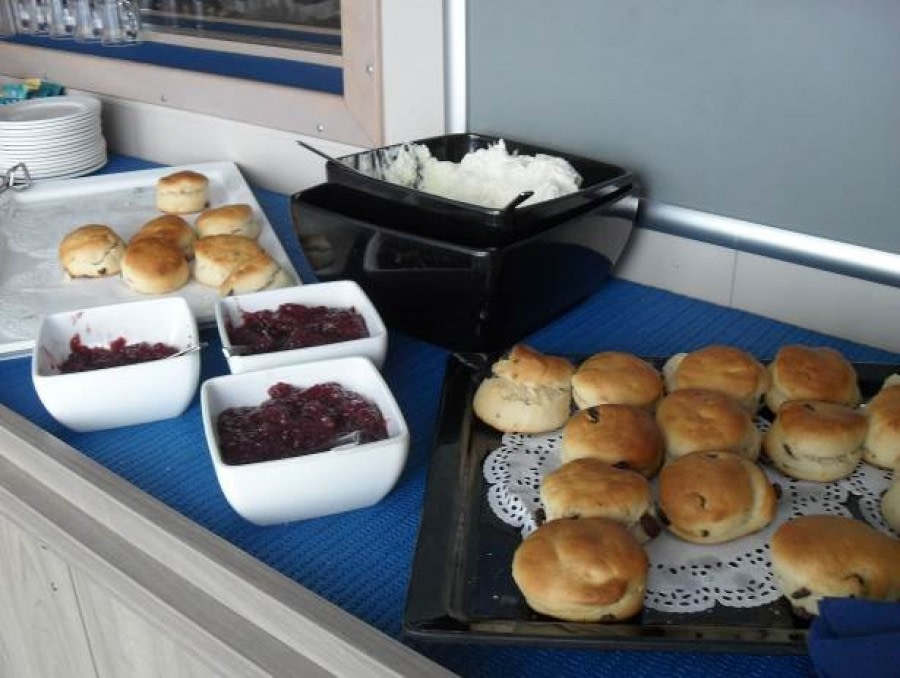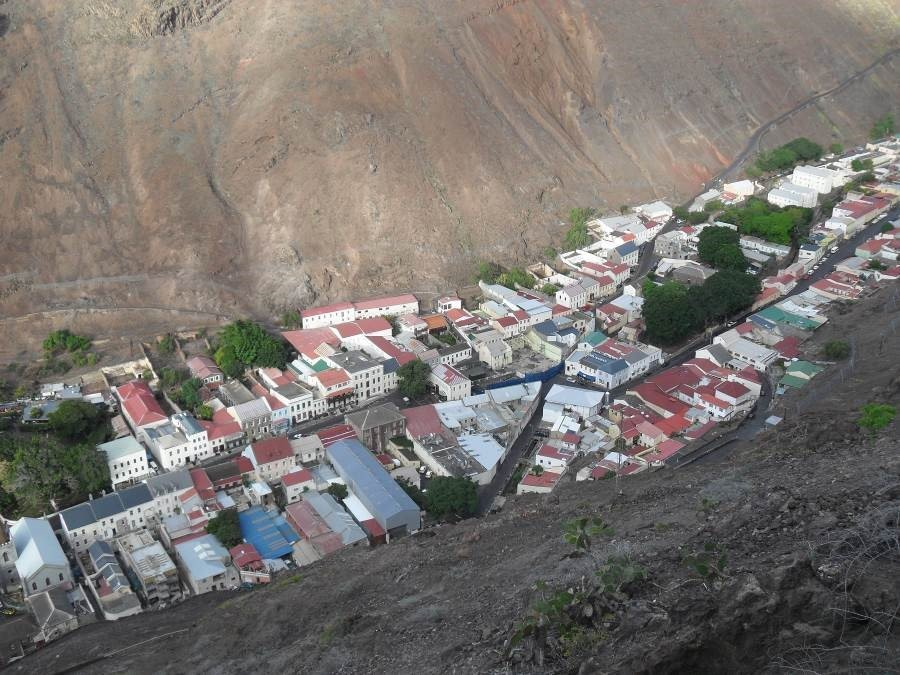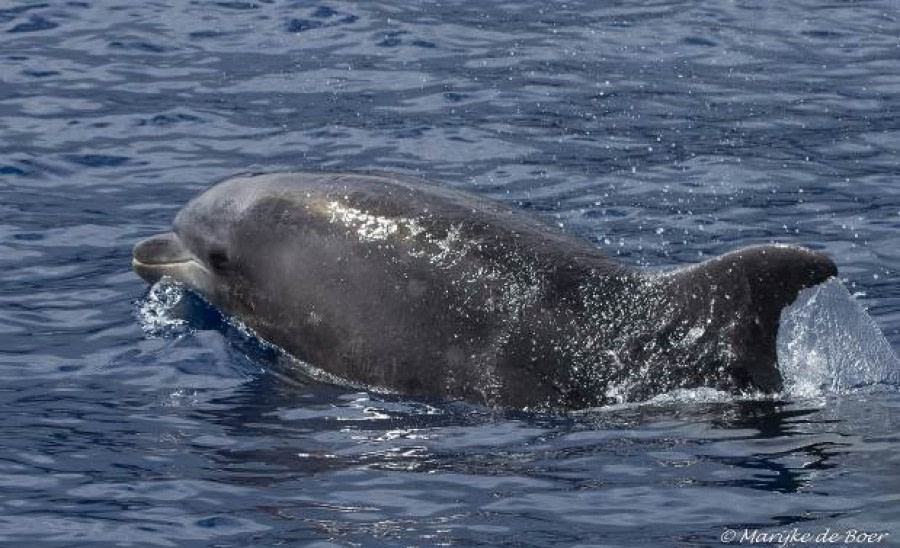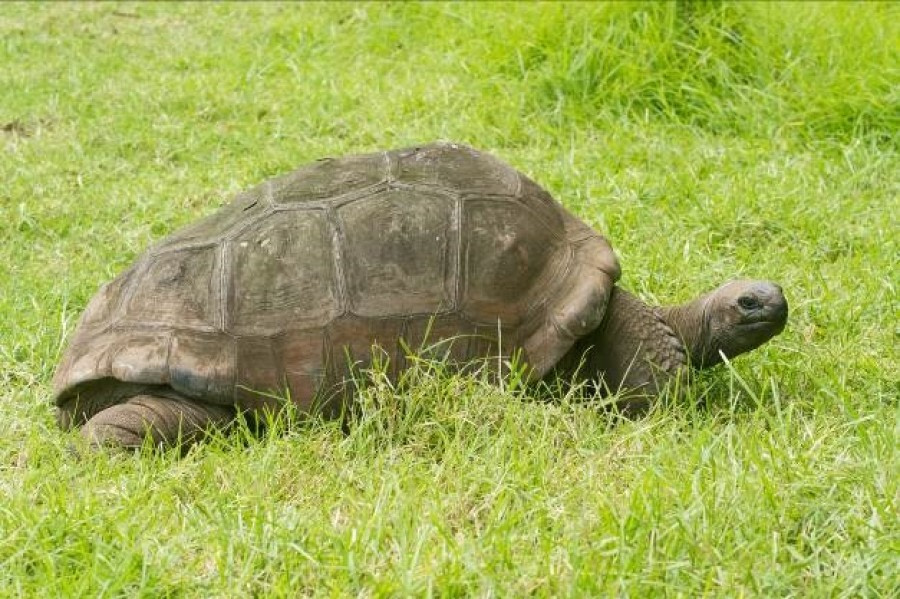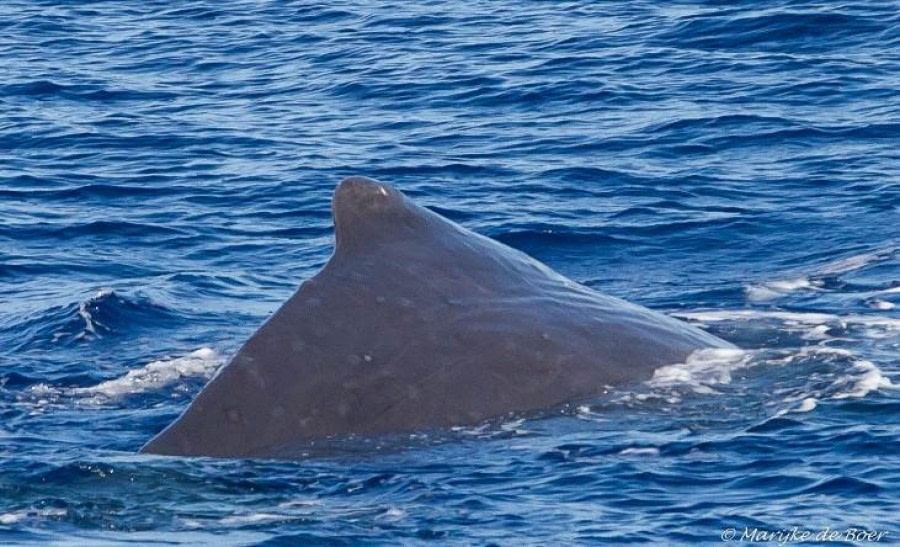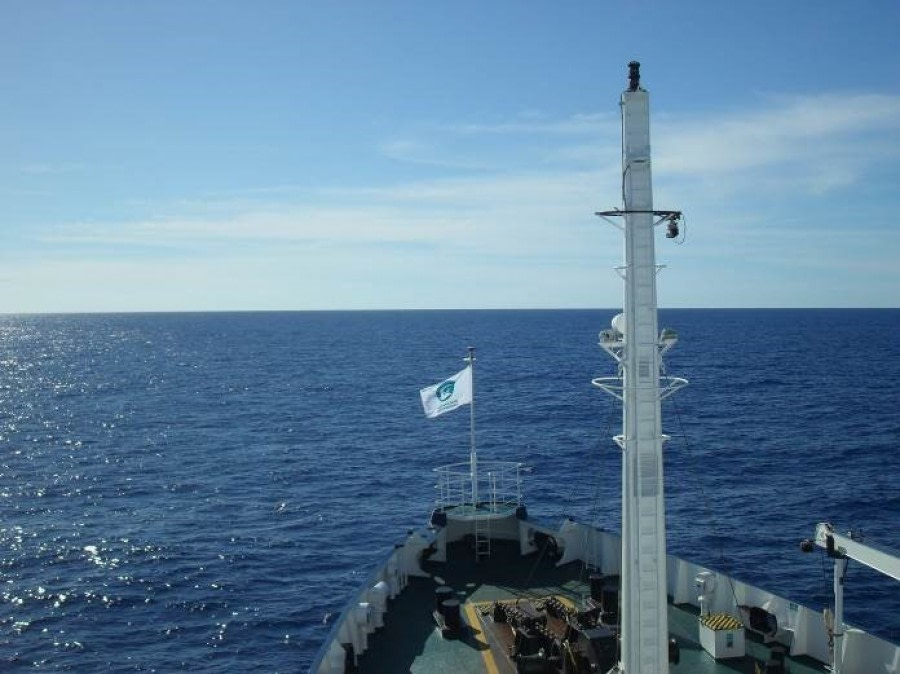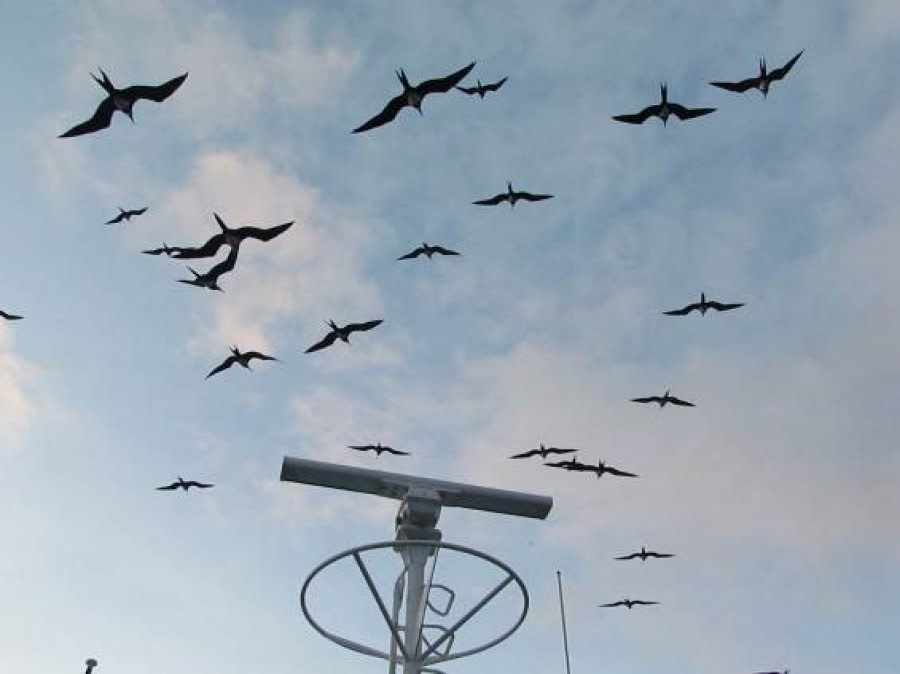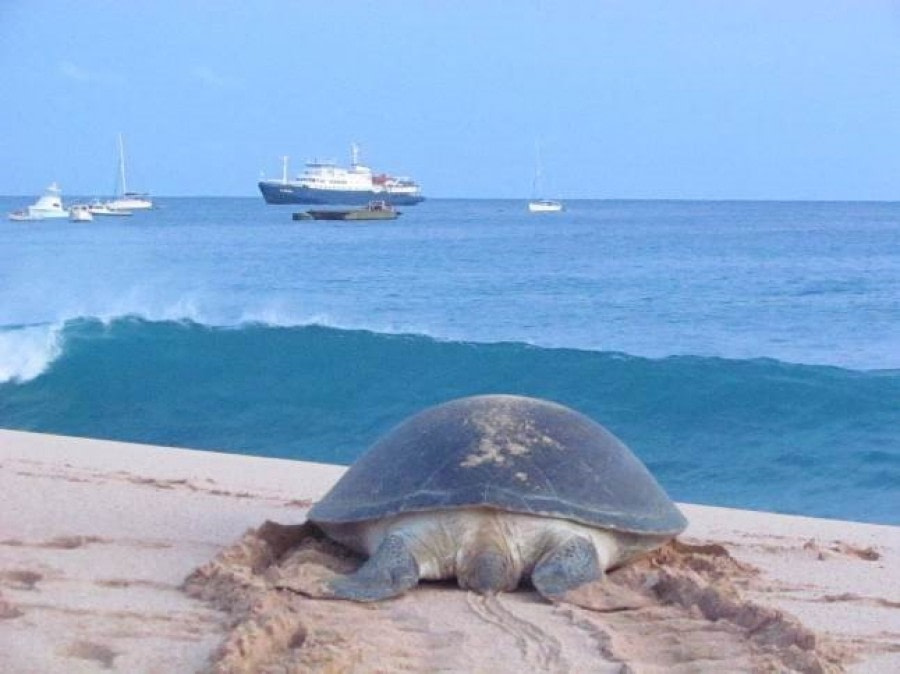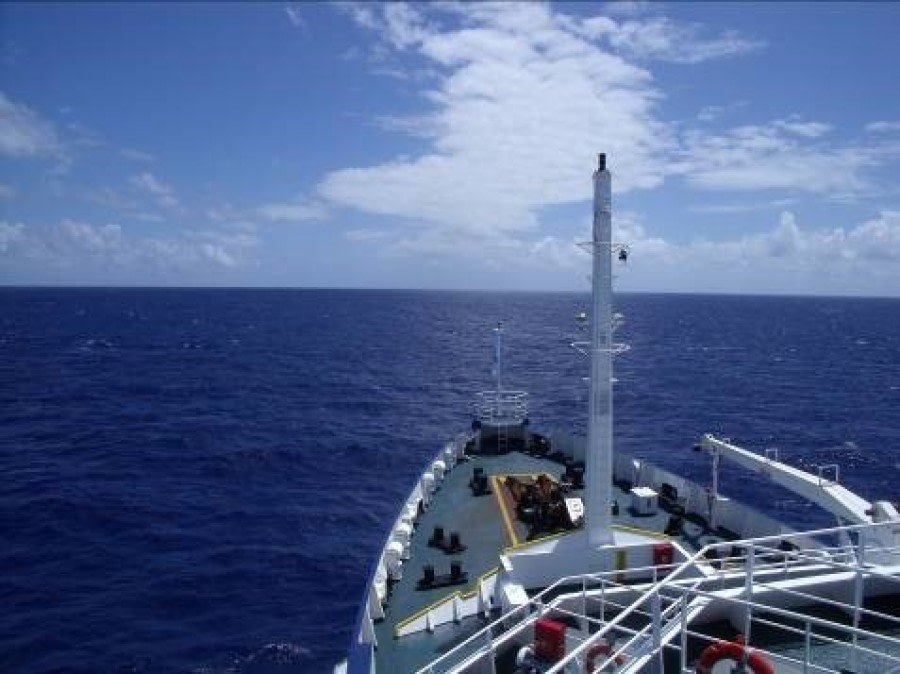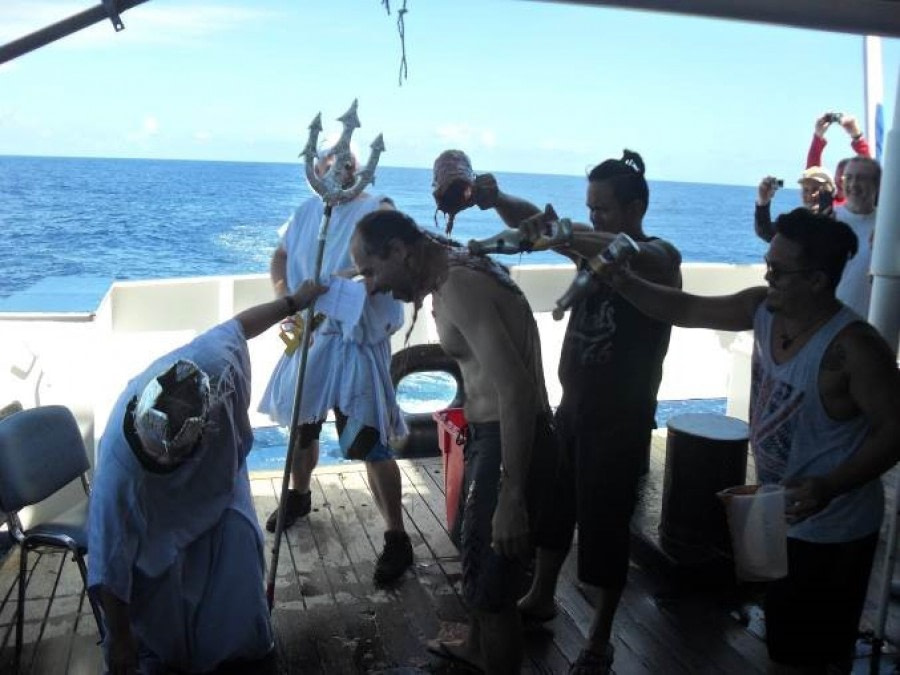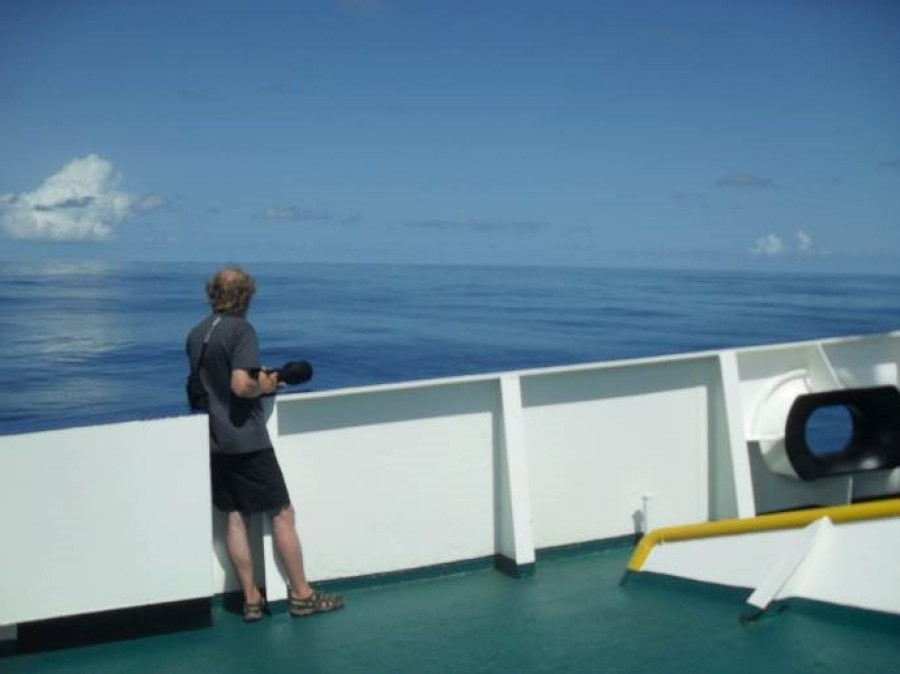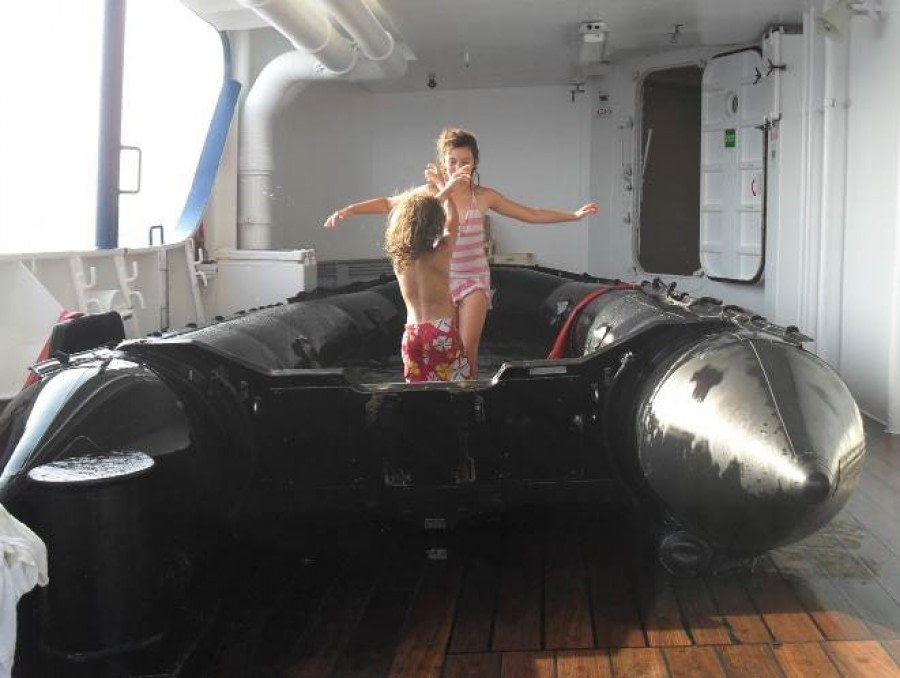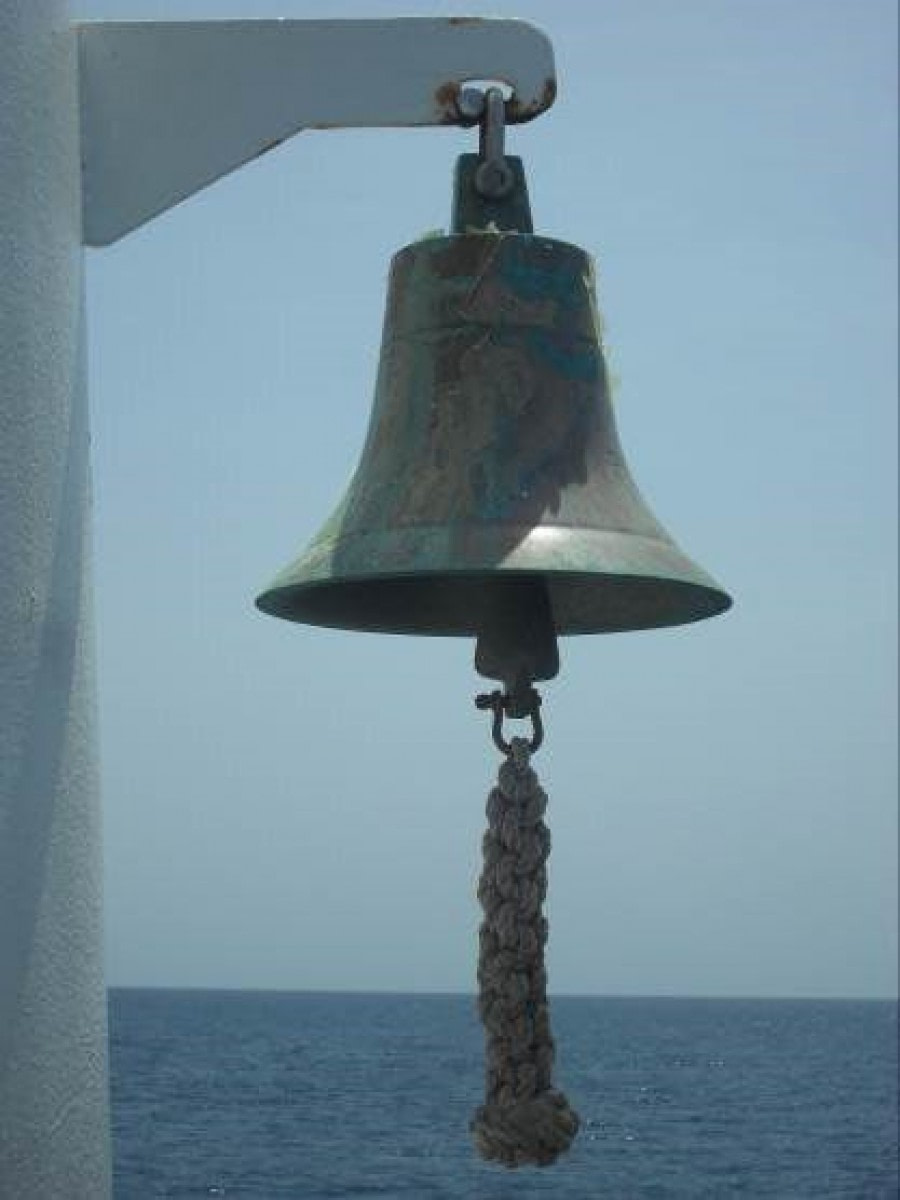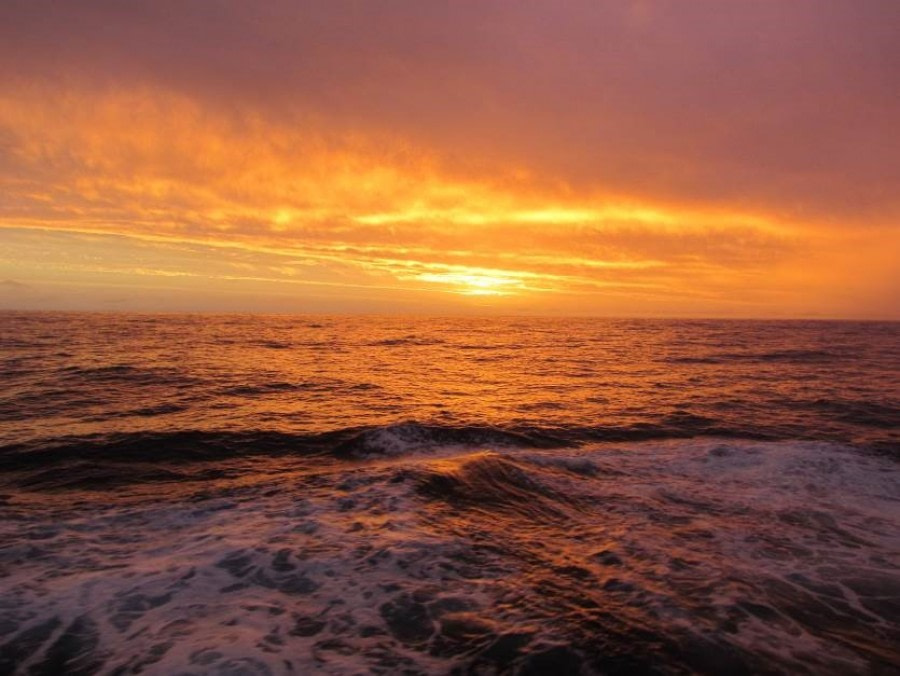| Datum: |
09.04.2017 |
| Positie: |
37° 03’ S / 012° 18’ W |
| Wind: |
W 3/4 |
| Weer: |
P. Cloudy |
| Luchttemperatuur: |
+15 |
As we were woken this morning the island of Tristan da Cunha was already in view as we sailed around the island to our anchorage position on the northern side of the island. The weather was nice and calm this morning and with the sun shining on Edinburgh of the Seven Seas all was looking rather promising for a landing on Tristan.
A scouting boat went ahead to explore the situation inside the harbour and collect the officials that would clear the ship ready for us to go ashore but as they did so the conditions didn’t look good at all. Severe confused swells made it almost impossible to enter the harbour and both Seba and Leon returned with sad faces as they had been unable to get the locals on board. They suggested that we wait for an hour or so for the tide to rise a bit as, according to Leon this may flatten the seas enough to allow us to land. In the meantime Captain Alexey lifted the anchor and re-positioned Plancius so that we were in a better position to see into the harbour.
From our new position the Captain and Staff were able to look into the harbour entrance and see the pattern of the swells and realized that there were long smooth times which would allow us to land. When the scouting boat departed for the second time, they soon returned with happy faces and also with the customs people onboard. Whilst our passports were stamped the first zodiacs were launched and we soon all went ashore!
It was great to set foot on dry land after five days at sea and we were met by the Tourism Officer, Dawn Repetto as well as the Administrator and his wife who had come down to meet us. From the wharf some of us went straight to the volcano with the guide and had a great walk which gave fantastic views over the settlement and out over the sea. They also had a chance to visit the Thatched House Museum for a look back in time. Many others simply enjoyed a stroll into town to visit the gifts shops and the Tourist Information Centre and Post Office.
A few people set out along the road for the long hike to the potato patches, where the hills were towering high above us. The twitchers were properly twitching somewhere between the bushes and found a moorhen and also the Tristan thrushes were seen! Out at the patches it was lovely to stroll around the fields and get a sense of life on the island where the ability to be self-sufficient, from both the land and sea is an essential part of life.
The weather was turning rather warm and refreshments were found and sampled in the local pub, The Albatross Bar at the Prince Philip Community Centre. The locals, and also some of us, were eating ice creams to celebrate this unusually warm day!
A rather miserable moulting rockhopper penguin was found nearby the harbor and numerous Antarctic terns were seen feeding close to shore or alongside the Plancius.
Various sightings were also made of Lucky the Cattle egret. He had made it back to shore and was last seen standing amongst the cattle, it still had its wings hanging down a bit after its traumatic voyage across the Southern Ocean.
At the very end of the afternoon we all boarded the last zodiacs back to the Plancius where we enjoyed a recap and were introduced to our two Tristan Guides, Trevor and Julian who joined our vessel today. Eager ears were all around when Seba told us about the expeditions scheduled for tomorrow. Fingers and toes crossed all night long – calm weather for tomorrow please!
Tristan da Cunha
The island of Tristan da Cunha is the most isolated inhabited place on earth, right in the middle of the vast emptiness of the Southern Atlantic Ocean. It lies 3000 km west of Cape Town, and 3300 km east of Buenos Aires. The nearest human settlement is on the almost equally isolated island of Saint Helena, almost 2500 km to the north. Tristan and its smaller, uninhabited neighbours Nightingale and Inaccessible Island, were first sighted by the Portuguese sailor Tristão da Cunha in 1506. Uninhabited Gough Island, a nesting site for millions of seabirds, lies 450 km to the southeast. The islands are volcanic, the main island Tristan being the youngest, less than one million years old. Tristan is a classic cone-shaped volcano, circular, with a diameter of 11 km and a central peak with a crater lake, a little over 2000 m high. On all sides, the mountain is flanked by sheer cliffs, rising from the sea, up to 700 m. At the foot of these huge cliffs, there are a few low-lying plateaus.
The largest of these plateaus is just 6 km long and about 600 m wide. This is where the people live, and grow their potatoes in the legendary ‘Potato Patches’. Permanent settlement started in 1815, when a British garrison was posted on Tristan to help guarding Napoleon on distant St Helena. When the garrison left, Corporal William Glass stayed behind with his wife and two little children, together with some bachelor friends. In 1827 five coloured women from St Helena were imported to marry the bachelors. Later settlers, often shipwrecked sailors, chose to stay and marry one of the locally bred beautiful girls. Today there are seven families on the island: Glass, Rogers, Swain, Hagan, Green, Lavarello, and Repetto, of American, British, Dutch, Italian, Irish, South African, and Saint Helenian descent, with a total population of around 250. There is only one village, officially named Edinburgh of the Seven Seas, but usually just called ‘The Settlement’.
In 1961 the entire population was evacuated when the volcano erupted, and a new lava cone arose just next to the village, damaging and burning no more than one house. After spending a year in Britain, where to their great dismay they were turned inside out by legions of scientists and journalists, they returned to their peaceful island, to pick up their simple life of fishing, growing potatoes, raising sheep, and knitting. Their main source of income comes from a rich supply of crayfish around the islands, which is exploited by a South African company, catering for markets in the US and Japan. The second source of income is from the sales of stamps, sought after by collectors all over the world.
Together with Ascension, Tristan is part of the British overseas territory of St Helena and its dependencies, with a governor based in St Helena and an administrator on Tristan. The admin rules together with the island council. Council members and the Chief Islander are elected directly from the entire population for a period of three years. Tristan has a small hospital, with an expat doctor and local nurses. Children go to school till the age of 15. Those who choose further education have to go abroad. Tristan can only be reached by ship, six to eight times per year, five days sailing from Cape Town. Apart from millions of seabirds, the island host a number of unique, endemic land birds: a thrush, a handful of bunting species, a flightless moorhen, and the most exclusive and elusive of all, the diminutive and dainty Inaccessible Island Flightless rail, the tiniest non-flying bird in the world.
